5 Okinawa Spinach Starter Plant – Nutritious, Perennial, Gynura Crepioides
Original price was: $56.99.$41.99Current price is: $41.99.
Grow your own nutritious Okinawa Spinach (Gynura Crepioides) with this 5-starter plant bundle. This perennial vegetable thrives in tropical climates, offering healthy greens with green and purple foliage.
Estimated arrival
Dec 30
Jan 04 - Jan 06
Jan 09 - Jan 13
Reasonable Price
We offer reasonable price

Support 24/7
Contact us 24 hrs a day

100% Money Back
You've 30 days to Return

Payment Secure
100% secure payment
Okinawa Spinach Starter Plants: Grow Your Own Nutritious Greens
Okinawa Spinach Starter Plants (Gynura Crepioides) are an excellent choice for gardeners looking to add a unique and nutritious perennial vegetable to their collection. Known for their vibrant green leaves with purple undersides, these plants are not only attractive but also packed with essential nutrients. Okinawa spinach is often praised for its potential health benefits, including its anti-cancer properties and high levels of vitamins and minerals. This listing includes 5 starter plants, perfect for growing your own edible garden.
These plants are hardy in USDA zones 8-10, thriving in subtropical and tropical climates. Gynura Crepioides prefers partial shade but can tolerate full sun, making it versatile for various growing environments. It is best grown in loam or peat soil, and once established, it is relatively low-maintenance and easy to care for. Enjoy fresh, healthy greens right from your backyard with these easy-to-grow starter plants.
This plant is ideal for those who want to grow healthy leafy greens for use in salads, smoothies, or as a cooked vegetable. It produces a vibrant flower in spring, adding a touch of color to your garden. Okinawa spinach spreads easily and can be propagated from cuttings, making it a perfect plant for gardeners looking to expand their crops without much effort. Enjoy a continuous supply of fresh, nutritious greens with minimal hassle.
These plants are shipped bare-root for easy establishment in your garden or containers. Once rooted, they grow into a dense, bushy plant that can tolerate various conditions and even some drought. With a little care, your Okinawa Spinach will reward you with healthy, nutrient-rich greens throughout the year. Start your edible garden today with these resilient and productive plants.
The benefit of growing Okinawa spinach is its nutritional content. This leafy green is packed with vitamins and minerals, offering a healthy addition to your diet. Plus, its attractive foliage adds visual appeal to your garden or patio, making it a beautiful and functional plant.
Key Features and Benefits:
- 5 Starter Plants: Receive 5 healthy starter plants of Okinawa Spinach, ready to grow in your garden.
- Nutritious & Edible: Known for its anti-cancer properties, Okinawa Spinach is a nutrient-packed leafy green perfect for salads, smoothies, or cooked dishes.
- Attractive Foliage: Features green leaves with purple undersides, adding beauty and color to your garden or patio.
- Perennial Plant: This plant is a hardy perennial, meaning it will grow back year after year, providing a sustainable food source.
- Easy to Grow: Prefers partial shade, adaptable to different soil types, and easy to propagate through cuttings.
FAQs:
Q: How do I grow Okinawa Spinach?
A: Okinawa Spinach thrives in partial shade but can tolerate full sun. It prefers well-drained soil like loam or peat. Water when the soil feels dry, and protect it from extreme temperatures. Aim for a soil pH between 6.0 and 7.0 for optimal growth.
Q: Can Okinawa Spinach be grown indoors?
A: Yes, Okinawa Spinach can be grown as a houseplant as long as it receives plenty of indirect sunlight. A tropical plant, it thrives in warmer, humid conditions. Consider using a grow light if you don’t have a sunny spot.
Q: How often do I need to water Okinawa Spinach?
A: Water when the soil is dry, but avoid letting it stay too dry for long periods. Okinawa Spinach prefers moist soil but should not be overwatered. Check the top inch of soil; if it’s dry, it’s time to water.
Q: Can I use Okinawa Spinach for cooking?
A: Absolutely! Okinawa Spinach can be eaten raw in salads or smoothies, or cooked like other leafy greens. It is a highly nutritious vegetable that adds flavor and health benefits to any dish. Experiment with different recipes to find your favorite way to enjoy it.
Q: How do I propagate Okinawa Spinach?
A: Okinawa Spinach is easy to propagate from cuttings. Simply place 4-6 inch cuttings in water, and within a few weeks, they will root and grow into new plants. Once rooted, you can transplant them into pots or directly into the garden.
Be the first to review “5 Okinawa Spinach Starter Plant – Nutritious, Perennial, Gynura Crepioides”
-
USDA Hardiness Zone
8-10 -
Soil Type
Loam or Peat -
Sunlight Exposure
Partial Shade to Full Sun -
Expected Planting Period
Spring

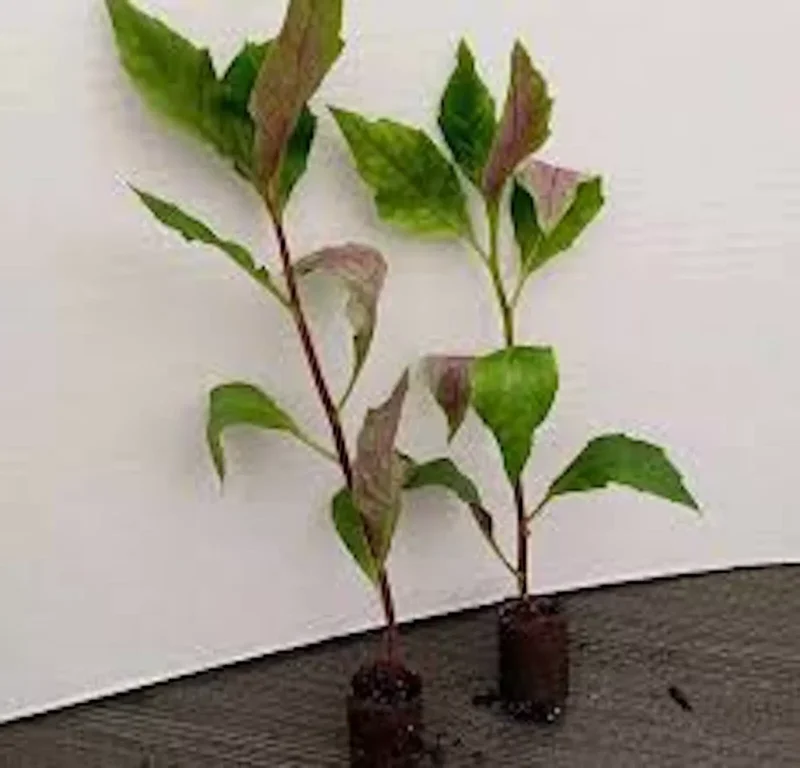
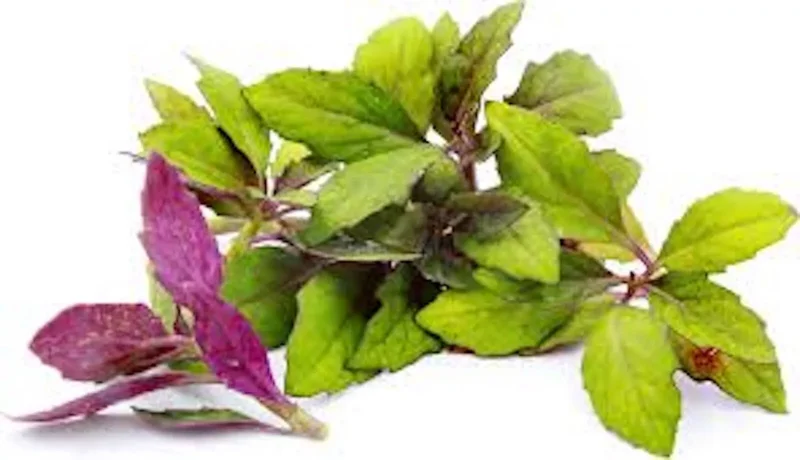
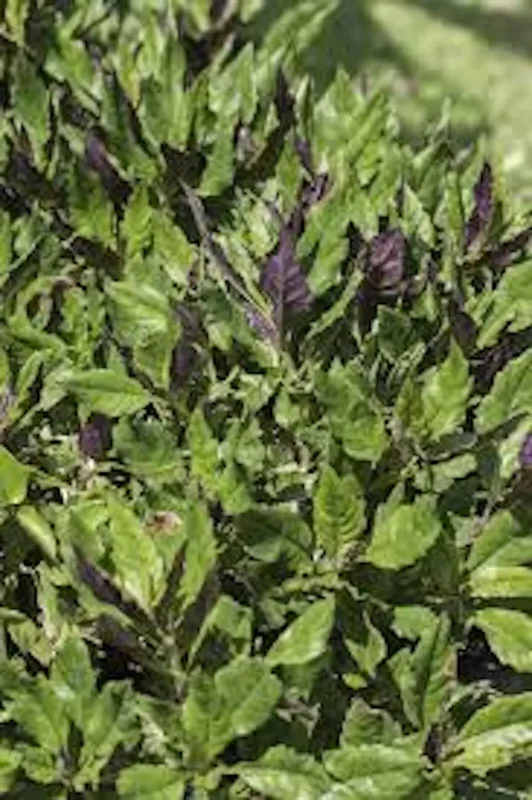

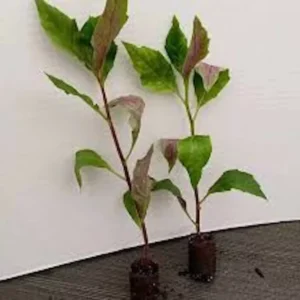
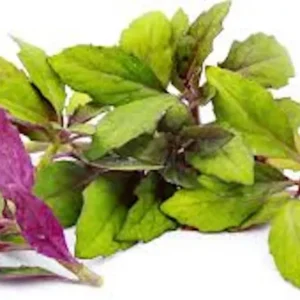
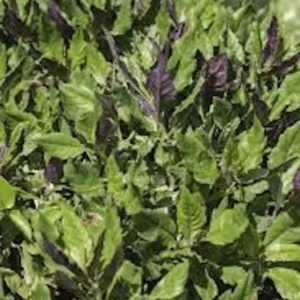
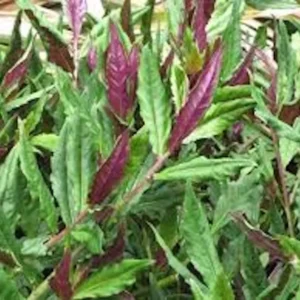






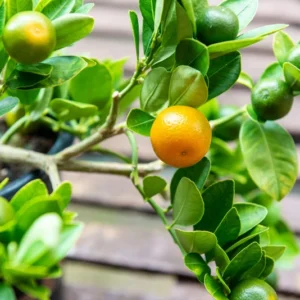
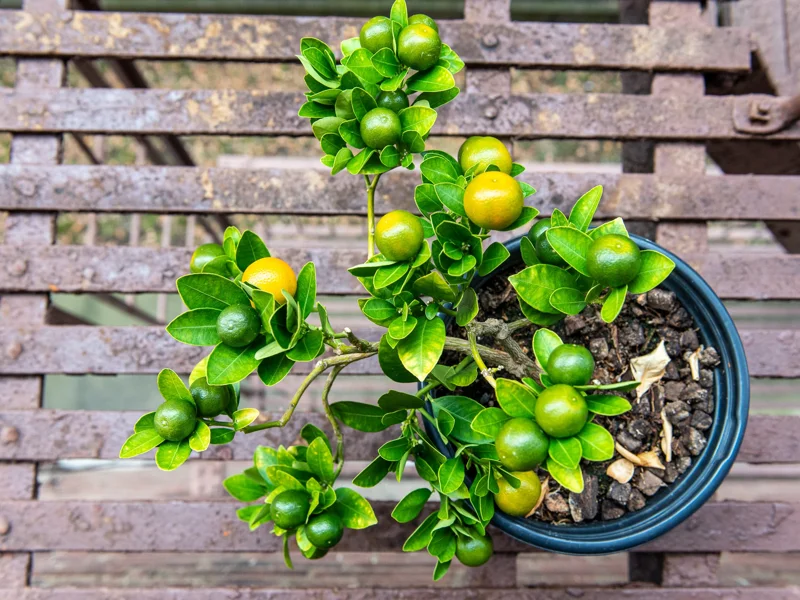
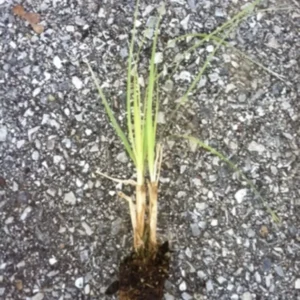
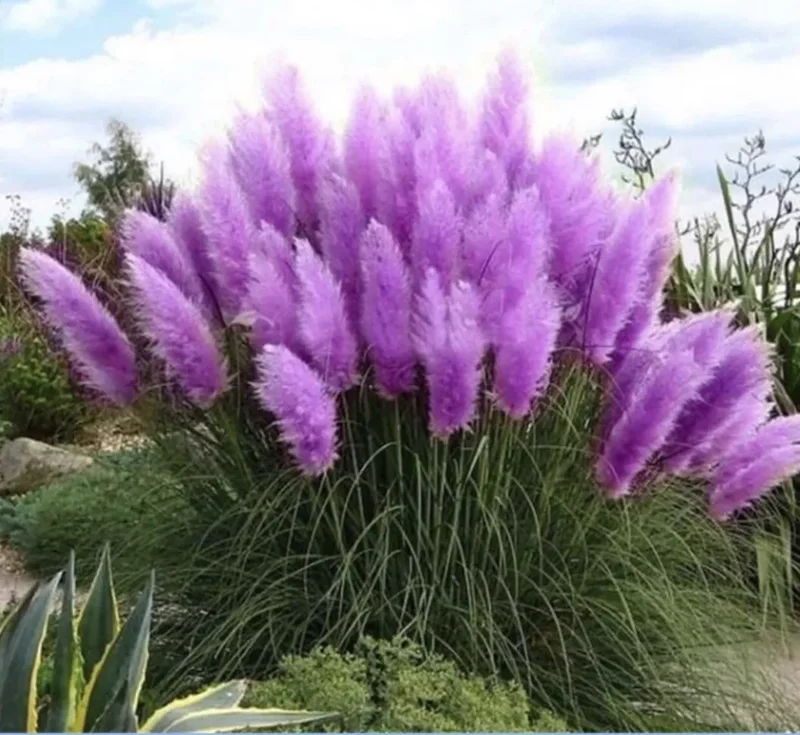


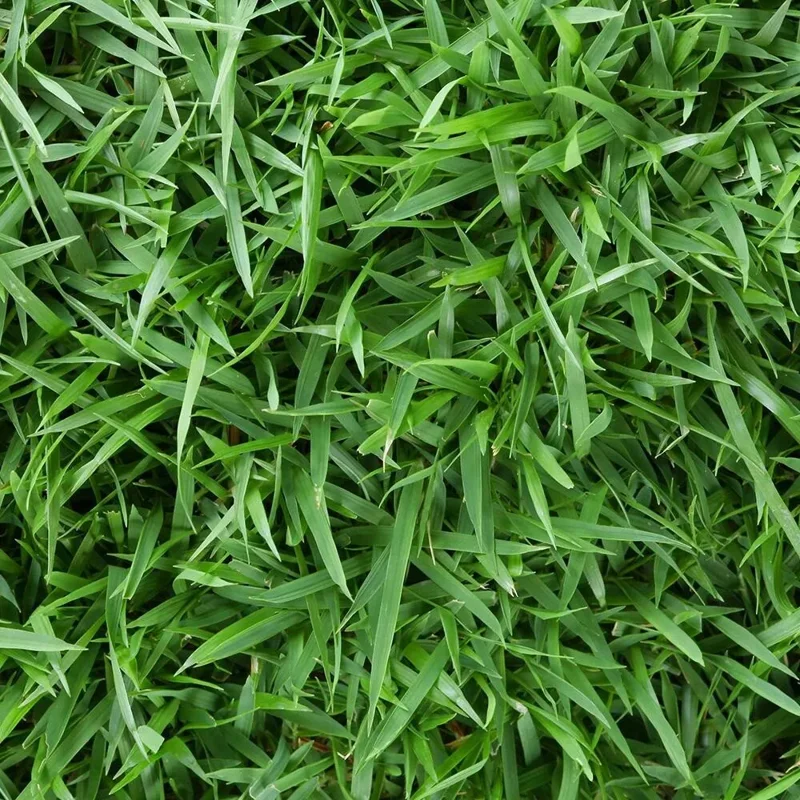
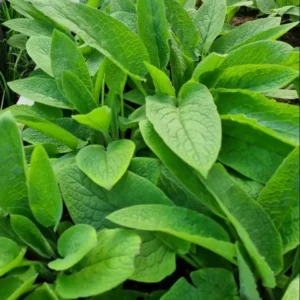
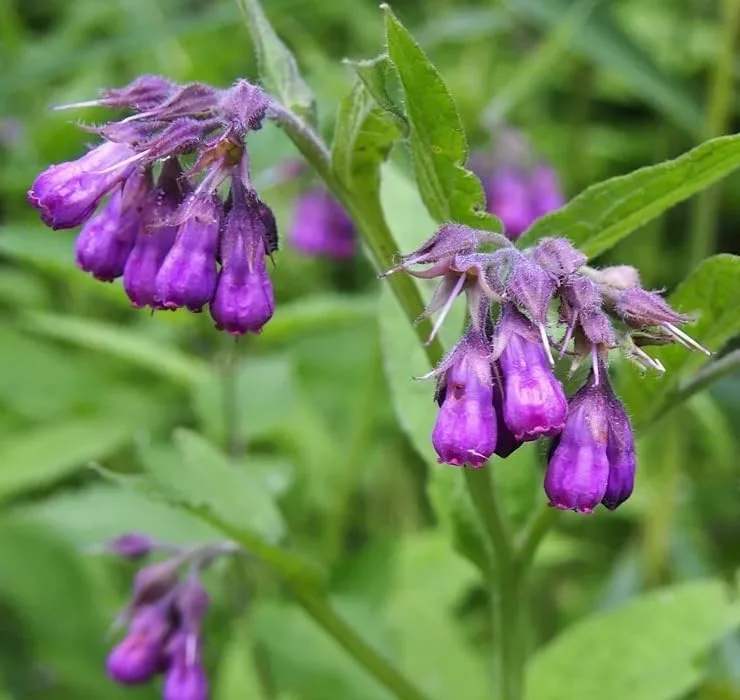

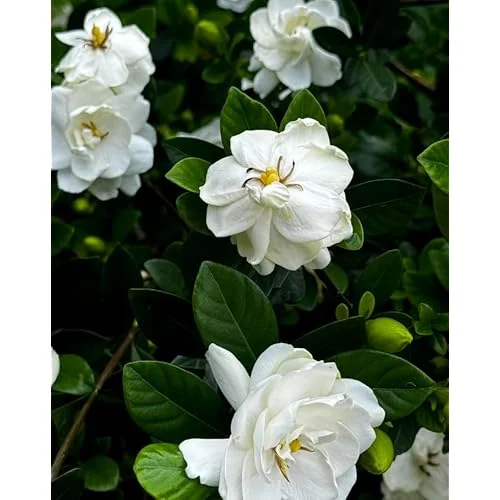
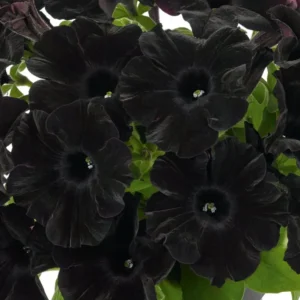
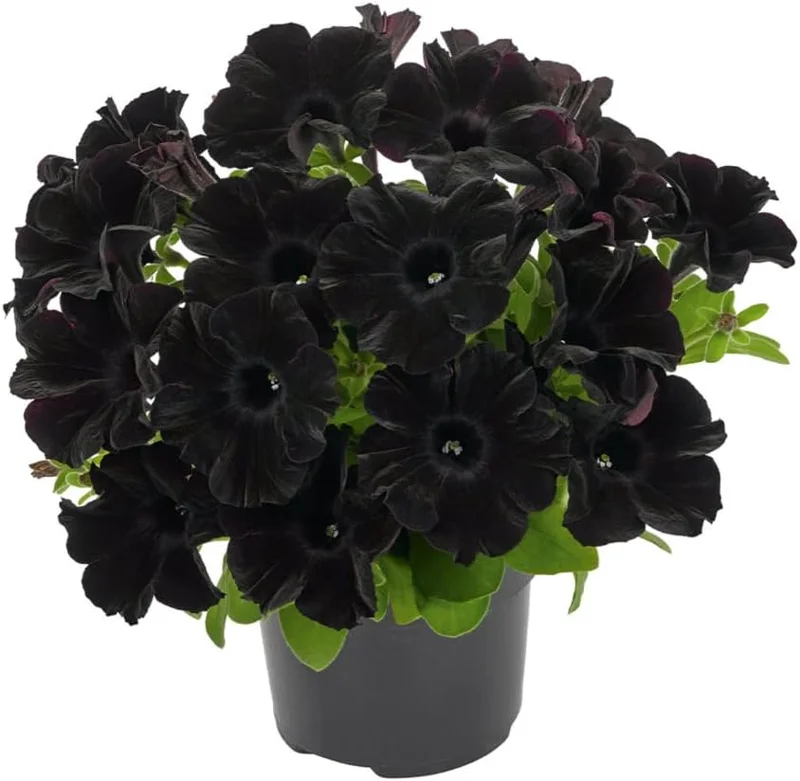
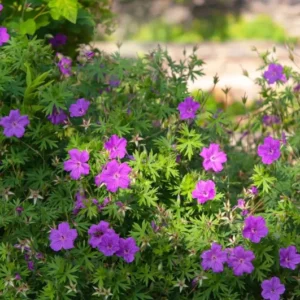
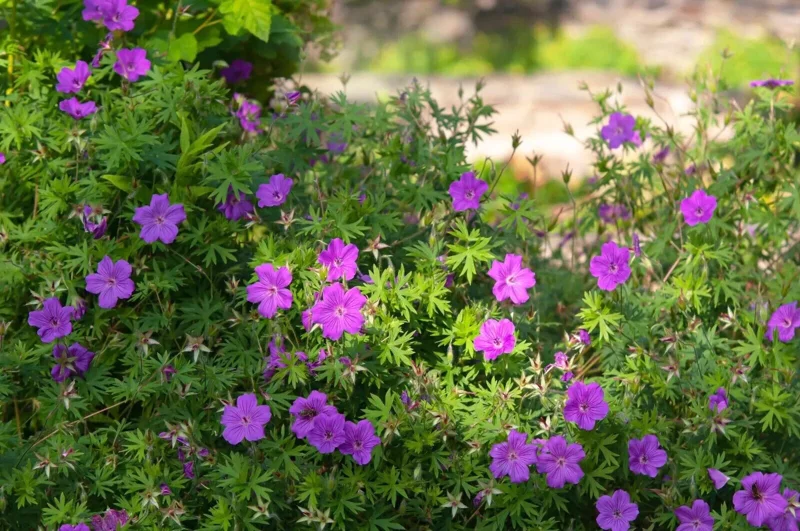
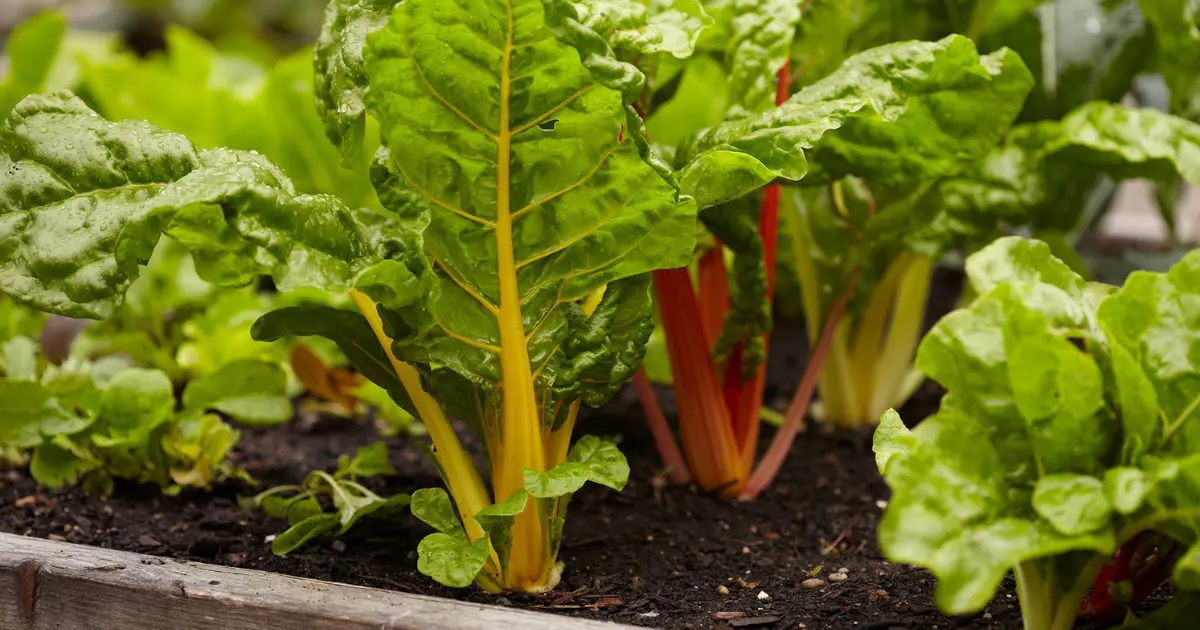
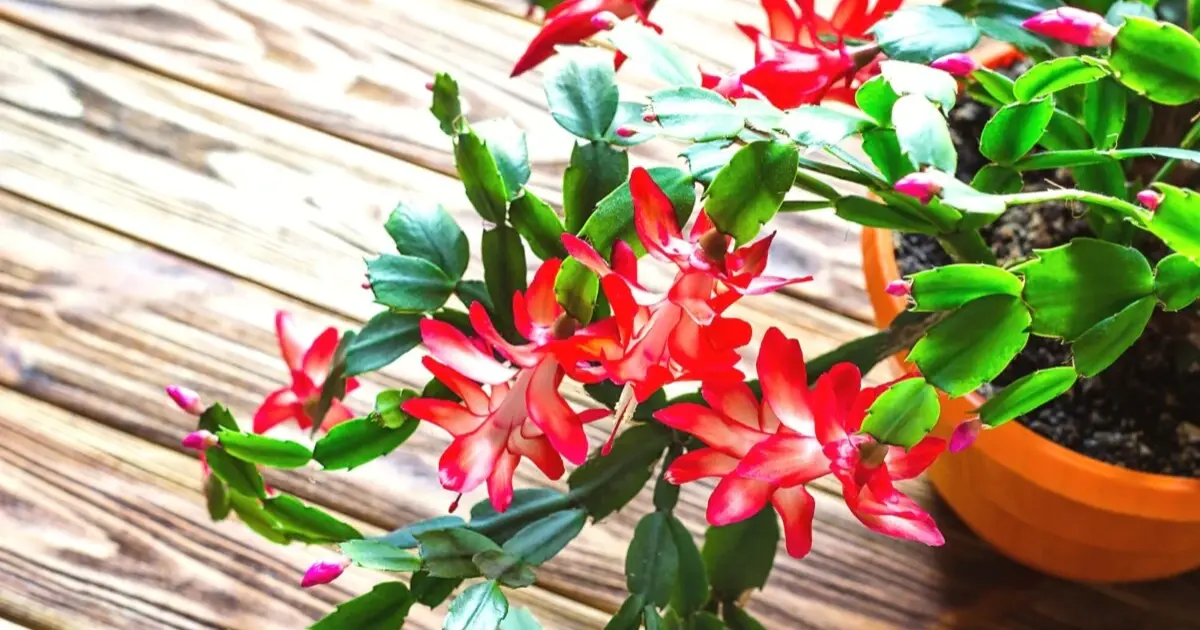
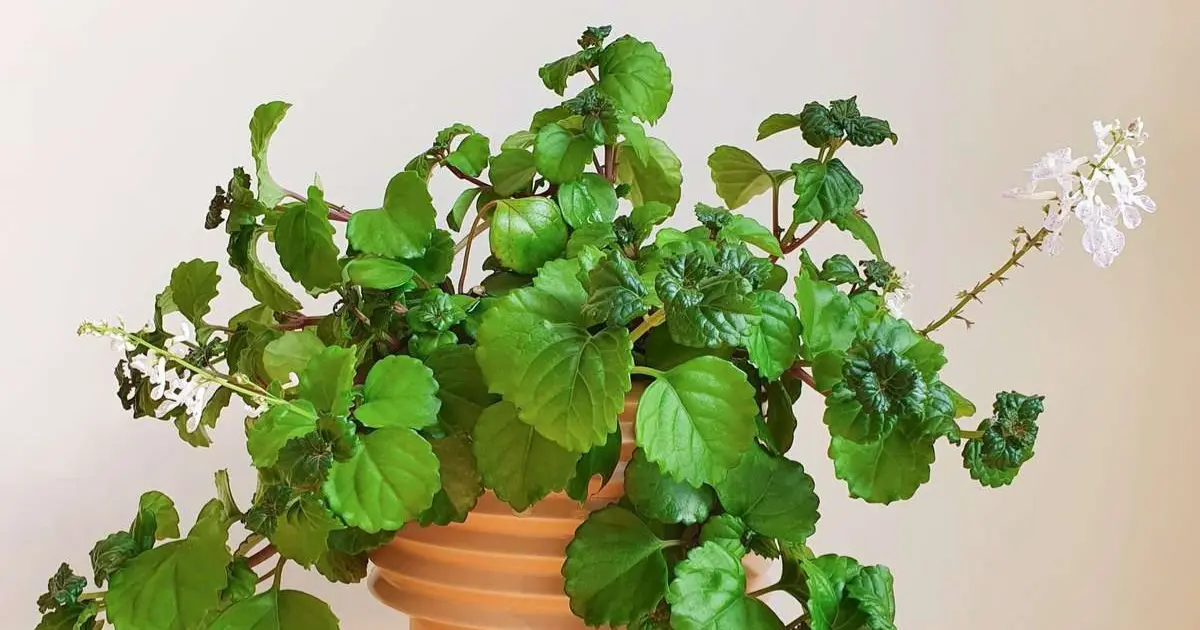
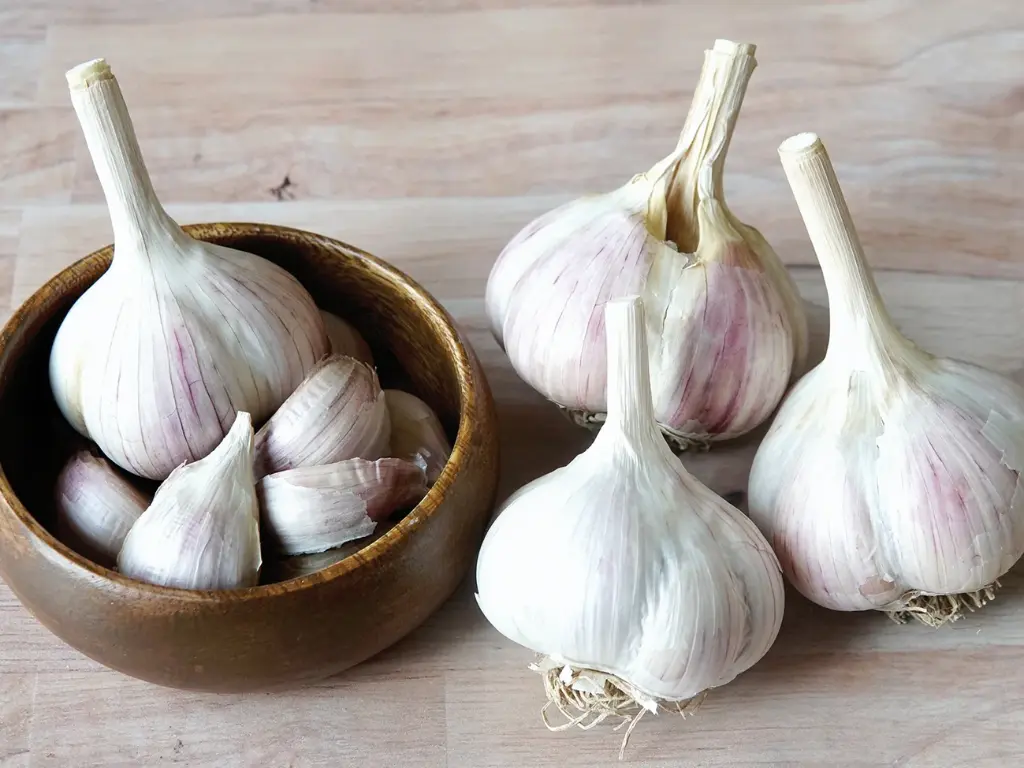
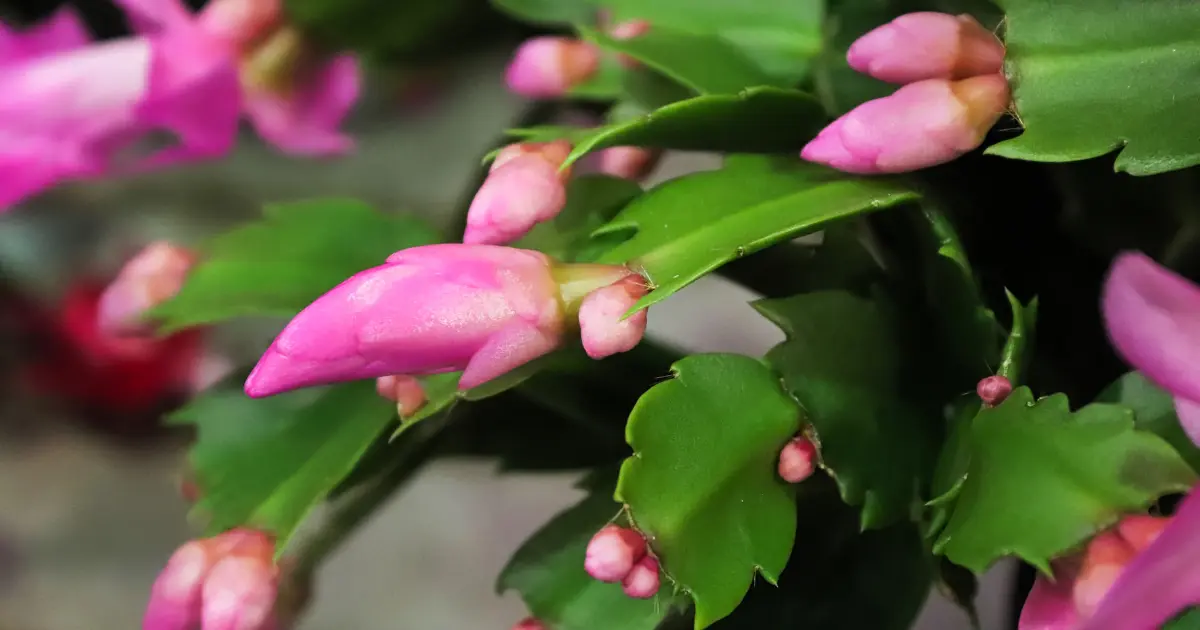

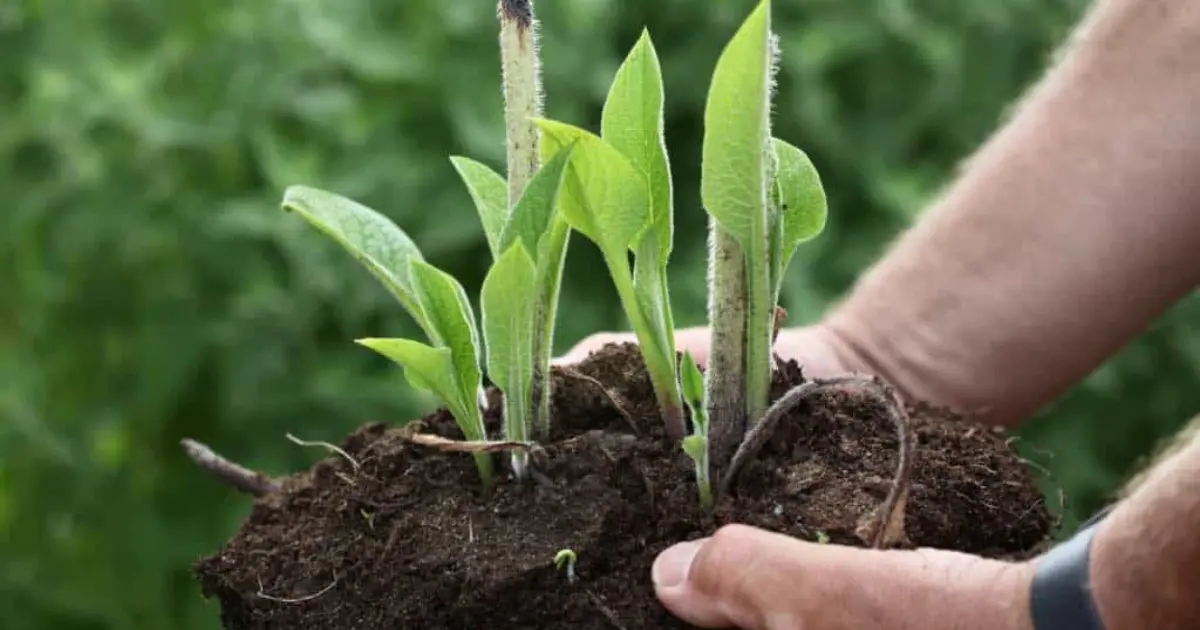




Reviews
There are no reviews yet.